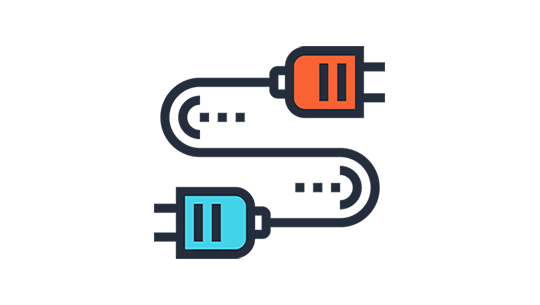Building Your Go App Like LEGOs: A Simple Guide to Plugins

Building Your Go App Like LEGOs: A Simple Guide to Plugins
As a system grows, adding new features can feel like performing open-heart surgery. You have to ensure older parts still work while integrating the new, which can become a complex mess.
But what if you could build your app like LEGOs? Imagine each piece doing one job well, allowing you to snap in new functionality without breaking the whole structure. That's the power of a plugin system. Let's explore how to implement this in Go.
What's a Plugin, Anyway?
Think of your main application as a basic phone that can only make calls. Now, what if you want to listen to music? Instead of buying a separate MP3 player, you just install a music app—a plugin.
A plugin is a self-contained piece of code designed for a specific task, like connecting to a database, sending logs, or running a backup. Your main application doesn't need to know the inner workings of the plugin, only that it exists and what it's supposed to do. This approach keeps your core application lean and focused.
A plugin architecture provides a robust and scalable solution. By defining clear interfaces and using a central registry, you can build Go services that are decoupled, testable, and easy to manage.
The Plugin Interface
At its core, every plugin must follow a contract. In Go, this is defined by an interface.
This interface ensures every plugin, no matter what it does, behaves predictably.
What is a Plugin Registry?
A plugin registry is a central hub that keeps track of all available plugins. Think of it as an app store for your application.
Its main responsibilities are:
- Registering each plugin with a unique name.
- Creating new instances of a plugin when requested.
- Listing all available plugins.
- Validating that a plugin is correctly configured and ready to use.
The registry maps plugin names to factories—functions that know how to create a new instance of a plugin.
What is a Plugin Factory?
A plugin factory is simply a function that returns a new instance of a plugin. It's the blueprint for creating a specific LEGO block.
In Go, it’s defined like this:
type PluginFactory func() types.Plugin
Why use a factory?
- Decoupling: It separates the "how to create" from the "when to use."
- Fresh Instances: It ensures you get a clean, new plugin instance every time.
- Flexibility: It makes your code easier to manage and test.
For example, instead of creating a MySQLPlugin directly, you define a factory:
Putting It All Together
Registering Plugins
Registering a plugin is straightforward. You give it a name and provide its factory function. You can also add aliases.
Loading Plugins
With your plugins registered, you can load them dynamically when your application starts.
This process will:
- Create the plugin using its factory.
- Apply any default configurations.
- Initialize the plugin.
Validating Plugins
Before using a plugin, you can validate it to ensure it's ready.
Dynamic Loading with .so Files
So far, our plugins are compiled with the main application. But what if you could load them at runtime without recompiling? This is where .so (shared object) files come in.
Shared libraries allow you to load plugins written in any language that compiles to this format, like C, C++, or Rust. This opens up a world of possibilities for building highly flexible and dynamically extensible applications. We'll save the deep dive on this for next time!
Real-World Example: Gocluster
This plugin architecture isn't just theoretical. It's the foundation of GoCluster, a lightweight, distributed cluster manager.
GoCluster is something I have been working on which simplifies clustered components like aerospike, mysql, etc… management through automatic node discovery, leader election, and state management. It is built for SREs in mind to automate repetitive tasks like creating namespaces or running backups across hundreds of nodes. Instead of manual work, operators can define these tasks as plugins.
Key Features of GoCluster:
- Node Management: Automatic node discovery, leader election, and health monitoring.
- Operator System: A plugin-based architecture for custom cluster tasks.
- Extensibility: Easily add new capabilities without altering the core system.
so long, adios ;)
- Prajwal P